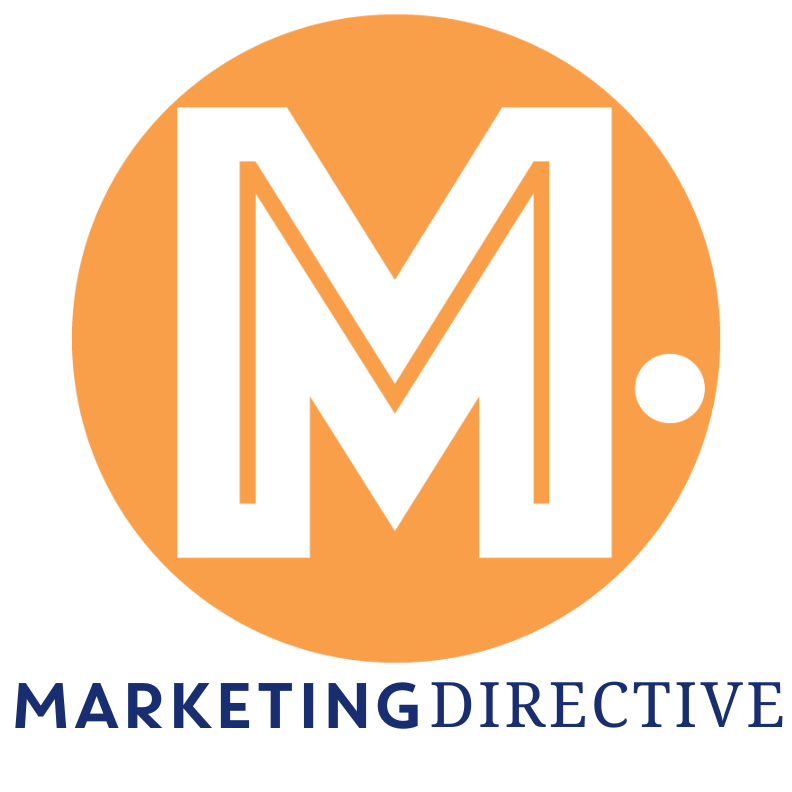Email Marketing Checklist for Beginners
Email marketing can be a powerful tool for building customer relationships and driving business growth. However, creating regular email campaigns and automated flows requires careful planning and execution. Whether you're just getting started or refining your approach, here’s a professional checklist to help you navigate the essentials of email marketing.
1. Choose the Right Email Platform
To manage your email campaigns effectively, you'll need an email scheduling platform. We recommend user-friendly platforms like Mailchimp and Klaviyo. These platforms allow you to:
Schedule email campaigns
Target specific audience segments
Set up automated email flows
Analyse campaign performance
Both platforms also offer hundreds of customisable templates to create visually appealing emails. If you prefer, some website hosts like Wordpress, Shopify or Squarespace also offer built-in email marketing features, which we’ll cover later. Regardless of your choice, setting up and organizing your subscriber database is the first key step.
2. Simplify Your Signup Process
Building a subscriber list is crucial for any email marketing strategy. Make it easy for potential customers to join your list with a clear and simple sign-up form on your website. Additionally, include a subscription link in your social media bios to reach a broader audience.
If your subscription numbers are low, review the visibility and accessibility of your sign-up forms. Be sure to communicate the value of joining your list—whether it's exclusive discounts, insider updates, or exciting announcements. A simple tip: ask for only essential information (like name and email) to avoid overwhelming potential subscribers with data requests.
3. Welcome New Subscribers
Ensure you have an automated welcome series in place for new subscribers. A welcome series is a set of emails sent automatically, giving you the opportunity to introduce your brand and build an immediate connection. Most email platforms make setting up automations (or "flows") straightforward with pre-designed templates.
A basic welcome series should include:
Email 1: A thank you message sent immediately upon subscription.
Email 2: A follow-up email sent a week later, providing more information about your brand or products.
Other welcome email ideas:
Offering a discount or incentive
Sharing a helpful resource or blog post
Promoting your social media channels
Highlighting customer testimonials or popular products
4. Set Up Essential Automated Flows
Beyond the welcome series, consider setting up these two key automated flows:
Abandoned Cart Flow: Reach out to potential customers who left items in their cart without completing the purchase. A typical abandoned cart sequence could look like this:
Email 1: A reminder of the items left behind.
Email 2: A discount or incentive to complete the purchase.
Email 3: An urgency reminder, such as limited stock or a sale ending soon.
Post-Purchase Flow: This sequence is crucial for encouraging repeat customers. A post-purchase flow could include:
Email 1: Order confirmation and a thank-you note.
Email 2: Shipping information and tracking details.
Email 3: Product care tips, related product suggestions, or a request for a review.
5. Plan Your Newsletters
Once your automated flows are in place, it's time to develop a schedule for regular newsletters. A good starting point is sending 1-3 newsletters per month. Unlike automated emails, newsletters provide fresh content to keep your audience engaged. Use them to share brand updates, special announcements, featured blog posts, or creative ideas.
For example, a clothing brand might showcase the latest fashion trends, while a food retailer could share seasonal recipes. Consistency is key, so plan content that will keep your subscribers excited to open each new email.
6. Craft Engaging Subject Lines
Low open rates often stem from weak subject lines and pre-headers. These elements are your first opportunity to grab attention, so make them count. Here are a few tips for writing compelling subject lines:
Keep it between 30-50 characters
Avoid using all caps
Use simple, direct language
Speak directly to the reader with "you" or "your"
Be specific without revealing too much information
7. Write Like a Human, Not a Marketer
Your emails should feel like a personal conversation, even if you're maintaining a more formal tone. Avoid jargon and overly promotional language, as most people spend just a few seconds reading marketing emails. Focus on clear, concise, and relatable messaging to strengthen your connection with subscribers.
8. Optimise Your Call to Action (CTA)
Every email should include a clear call to action (CTA) that's easy to spot at first glance. Whether it’s "Shop Now," "Learn More," or "Contact Us," your CTA should guide the reader toward the next step in their customer journey. For visibility, use buttons rather than hyperlinks to make your CTAs stand out.
Your Email Marketing Starter Kit
This checklist covers the essential steps to kickstart your email marketing efforts. While there’s much more to explore, these strategies will set you up for success as you build relationships and grow your audience through effective email campaigns.
Need assistance with your email campaigns reach out to us.

